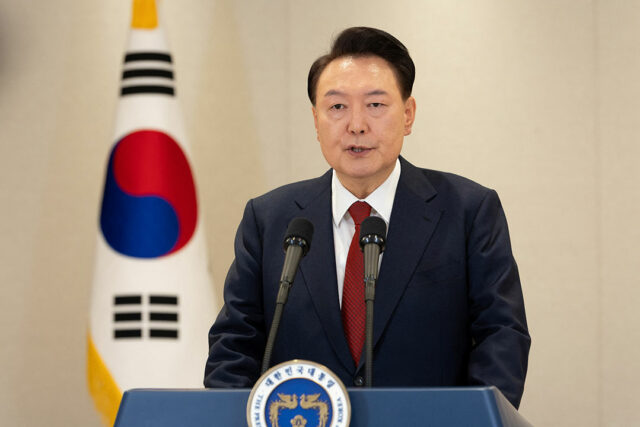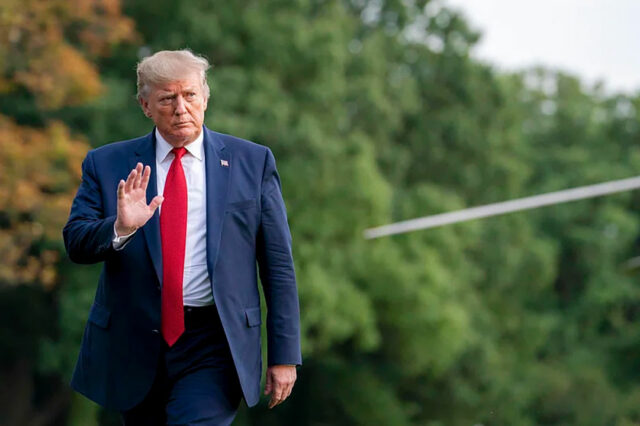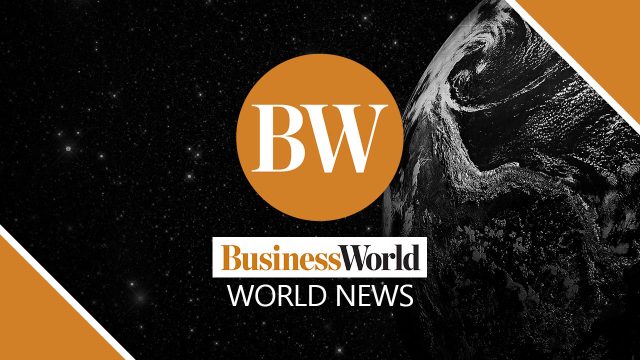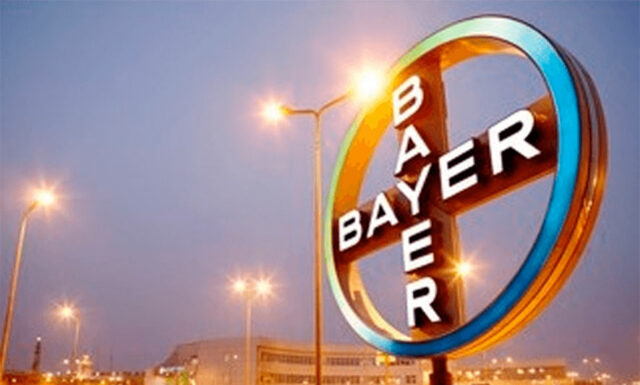Donovan Mitchell, Cavaliers avenge loss to Indiana Pacers
DONOVAN MITCHELL scored 27 of his game-high 35 points in the first half, helping the Cleveland Cavaliers defeat the Indiana Pacers 127-117 in Indianapolis on Tuesday.
Darius Garland added 24 points and seven assists, while Evan Mobley had 22 points and 13 rebounds for Cleveland, which avenged a 15-point home loss to the Pacers on Sunday. Jarrett Allen chipped in 16 points and nine rebounds, and Max Strus had 13 points off the bench.
Pascal Siakam led Indiana with 23 points, followed by 19 from Bennedict Mathurin and Myles Turner’s 17. Jarace Walker scored 11, while Andrew Nembhard, Obi Toppin and T.J. McConnell each had 10 for the Pacers, who had their six-game winning streak snapped. Nembhard added nine assists.
 After leading by one point at halftime, Cleveland extended it to eight on a 3-pointer by Strus at the 5:02 mark of the third quarter. Indiana took a timeout, but Cleveland had seven straight points. Strus made one of two free throws, and Georges Niang and Mobley nailed 3-pointers widened the cushion to 92-77 with 3:36 remaining in the third.
After leading by one point at halftime, Cleveland extended it to eight on a 3-pointer by Strus at the 5:02 mark of the third quarter. Indiana took a timeout, but Cleveland had seven straight points. Strus made one of two free throws, and Georges Niang and Mobley nailed 3-pointers widened the cushion to 92-77 with 3:36 remaining in the third.
McConnell scored the final two baskets of the third for Indiana, trimming the Pacers’ deficit to 100-89 entering the fourth quarter.
Sam Merrill’s triple gave Cleveland a 111-99 advantage with 8:49 left, but Thomas Bryant hit a 3-pointer, Mathurin scored on a put-back layup, and Walker made a midrange jumper and pulled Indiana within five with 7:11 remaining.
Garland answered the run with Cleveland’s next six points, beginning a 12-5 run for the Cavaliers to push the lead back to 12 points. Turner’s dunk trimmed Indiana’s deficit to 10, before Allen’s dunk and Garland’s finger roll iced Cleveland’s victory.
After Turner’s free throws tied the game at 26 with 3:17 left in the first quarter, baskets by Niang and Mitchell began a 9-2 Cleveland run, pushing the Cavaliers’ lead to 35-28. Mitchell’s midrange jumper with 5.6 seconds left gave him his 19th point of the opening quarter and extended Cleveland’s first-quarter advantage to 37-30.
Walker’s dunk to open the second quarter was followed by Mitchell’s layup. From there, Bryant’s layup jump-started Indiana’s 9-0 run, taking its first lead on Siakam’s layup with 9:55 left in the second quarter.
Mitchell’s three-point play then began an 8-0 Cleveland spurt, as the Cavaliers grabbed a 47-41 lead at the 8:03 mark.
Mitchell’s floater gave Cleveland a 59-51 advantage, but Siakam’s layup with 33.6 seconds left capped a 10-3 run by the Pacers to finish the first half with Cleveland on top 62-61.
Mitchell led all scorers in the half with 27 points, while Siakam paced Indiana with 21. — Reuters














